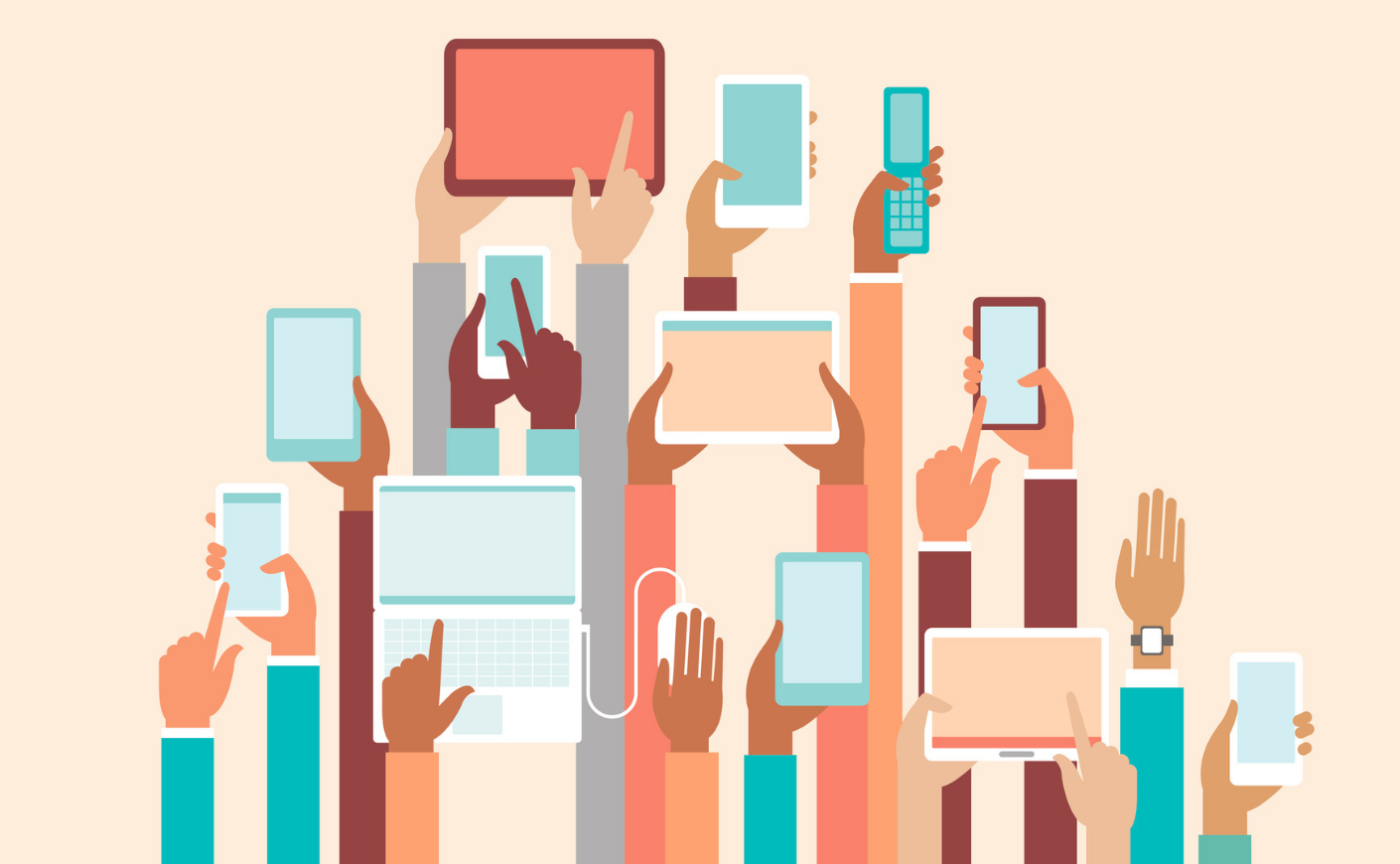How many times have you checked your email today? What about your Instagram feed? Have you used a computer or smartphone to manage your calendar, pay a bill, or make an important appointment? If so, you’re relying on an essential resource that’s still unavailable to more Americans than you might assume: reliable, high-speed internet access.
President Joe Biden hopes to change that, as he announced from the White House Rose Garden on Monday, with a new initiative called the Affordable Connectivity Program, which will widen internet access across the nation by offering help with payments and negotiating with internet companies to lower the cost of their service. Here’s what you need to know.
What does the Affordable Connectivity Program include?
Any household who meets the eligibility requirements we’ll outline below will qualify for a $30 monthly discount from the federal government that’ll go toward payment of their internet service. For families who live on tribal lands, that subsidy goes up to $75 per month.
On top of that financial assistance from the government, internet providers have also agreed to lower the cost of their service, so in many cases, families will be able to get high speed internet access for no cost at all.
“For example, as part of this initiative, Verizon lowered the price for its Fios service from $39.99/month to $30/month for a plan that delivers download and upload speeds of at least 200 Megabits per second,” a White House fact sheet explained. “And Spectrum doubled the speed of the $30/month plan it makes available to ACP participants from 50 to 100 Megabits per second (download).”
Who’s eligible for this benefit?
The White House outlined criteria that includes three different ways to qualify, and you’ll be able to take advantage of this benefit if you meet any one of them.
The first category is income — specifically, whether the money you make annually is at or below 200% of the federal poverty level. For an individual, that would be $27,180. For a couple (or any household of two), the total is $36,620. For a family of four, that total rises to $55,500. The full income chart is available here.
You’ll also qualify if you or someone else in your household is a beneficiary of assistance programs including Medicaid, the Supplemental Nutrition Assistance Program (SNAP), the Special Supplemental Nutrition Program for Women, Infants, and Children (WIC), the Veterans Pension and Survivors Benefit, and more.
Finally, you’re also eligible if you’ve already met the criteria for an existing low-income program from a local internet provider in your area.
Between these three categories, about 48 million Americans — representing nearly 40% of people in the country — will be able to claim this benefit. So far, almost 12 million people have already signed up.
If you’d like to claim this benefit for yourself, you can start the process right here.
Which internet service providers are participating?
The White House has secured the participation of 20 providers, which include: Allo Communications, AltaFiber, Altice USA, Astoud, AT&T, Breezeline, Comcast, Comporium, Frontier, IdeaTek, Cox Communications, Jackson Energy Authority, Mediacom, MLGC, Spectrum, Starry, Verizon (Fios only), Vermont Telephone Company, Vexus Fiber, and Wow.
The Biden administration points out that these companies provide service in areas where 80% of the American population lives, including almost half of the rural population.
How many Americans don’t have internet access?
High-speed internet has become a necessity as our lives are increasingly dependent on a reliable connection, especially as so much of our routines have moved online during the Covid-19 pandemic. Biden said in his speech on Monday that high-speed internet is “not a luxury any longer,” but millions of Americans still lack the access that many of us take for granted.
Those numbers, in fact, may surprise you: In 2019, the Federal Communications Commission found that more than 21 million people around the country were living without a regular connection to the internet. Research estimates that broadband service is absent in 40% of schools and 60% of health care facilities that aren’t in major metropolitan areas.
Pew Research Center data from 2021 determined that where people live is a significant factor in whether they’ll have internet access. That study found 79% of adults in suburban areas had a broadband connection at home, compared to 77% in urban areas and 72% in rural areas.
In announcing the ACP, Biden said the initiative will radically alter the day-to-day experience of Americans from all walks of life.
“It’s going to change people’s lives,” Biden said. “From rural Appalachia to Brooklyn, to the Black Belt families who have struggled to get internet.”









